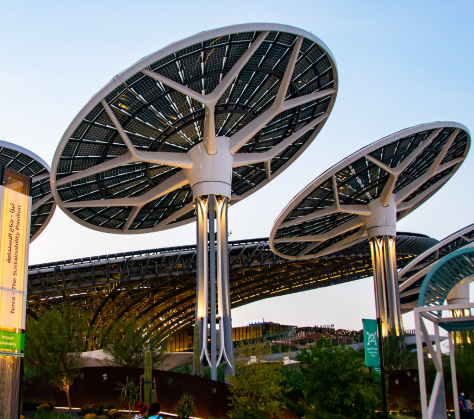FAQs for Solar Installation in Picton
How much do solar panels cost in Picton?
Solar panels are quite affordable, and the cost has been dropping steadily in recent years. According to recent reports, the average cost of solar panels is now around $3 per watt.
This means that installing a typical residential solar panel system, which might have a capacity of 5 kilowatts, would cost around $15,000. Commercial solar systems will have a different cost.
That might sound like a lot of money, but it’s important to remember that solar panels will last for many years and will save you money on your energy bill every month. This means that over the course of its lifetime, a solar panel system can save you tens of thousands of dollars.
Not just that, homes equipped with solar power systems tend to be more attractive to potential buyers, often commanding a higher price in the real estate market. It’s an investment that can pay off in the long run, whether you decide to stay or sell.
So, if you’re thinking about going solar, don’t let the upfront cost deter you.
Get a free solar power quote from us today and ask us about our solar financing service in Picton.
How does the Australian solar rebate system work?
The Australian solar rebate system is quite complex and it pays to take your time and do plenty of research to understand it thoroughly. But some basic rules of thumb can help you navigate the rebate landscape.
First and foremost, the rebates are means-tested, so if you’re on a high income, you may not be eligible.
Second, the rebates vary from state to state, so it’s worth doing your research to see what’s on offer where you live.
Finally, the rebates are subject to change, so it’s always important to stay up to date with the latest developments. Be sure to check out the Energy NSW website for the latest updates.
With that in mind, here’s a quick overview of how the Australian solar rebate system works.
The first step is to install solar panels on your roof. Once they’re installed, you’ll need to register for the Solar Scheme.
Once you’re registered, you’ll start receiving renewable energy credits for the electricity that your panels generate. These credits can then be sold to energy retailers, who use them to offset their carbon emissions.
The amount of money you receive for your credits will depend on several factors, including the size of your solar system and the price of carbon in the market.
As a general rule of thumb, you can expect to receive around $0.50 per credit. So if your system generates 1,000 credits over a year, that’s $500 in your pocket – not bad for doing your bit for the environment!


